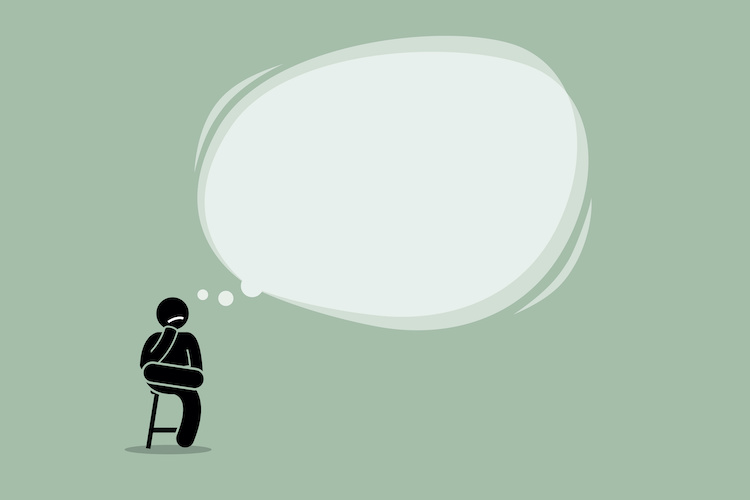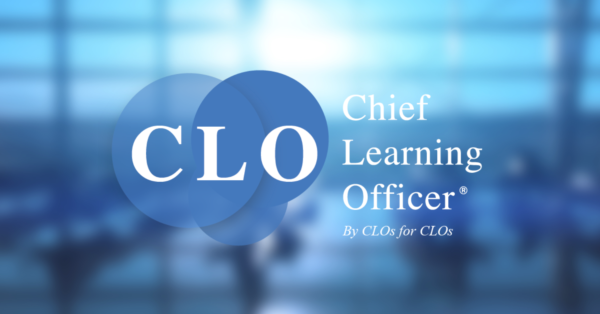I had an interesting experience the other day when I posted this idea/question on LinkedIn:
Organizations don’t function without standards.
Standards, by their very nature, are exclusive. In other words, they are not inclusive.
How would one approach this conundrum?
Discuss.
After hundreds and hundreds of views, not a single person commented. This puzzled me. The sense I had is that either people didn’t think the question was important enough to engage with, or that the question was somehow seen as dangerous. Either answer is bad news. The question, or the idea, is important. It is important enough to engage with. And it is just one of the many important ideas to consider deeply as we work through what diversity, equity and inclusion means in our organizations.
In the rush to implement DEI into corporate culture, there are a bunch of questions I don’t often hear anyone ask. And yet, because DEI can represent a fundamental sea-change in corporate culture, in the way we are expected to work, act and comport ourselves, and indeed in the way we should even think, important and difficult questions are more important than ever.
DEI sometimes challenges many of the bedrock assumptions we have developed over many hundreds, if not thousands, of years. Ideas like meritocracy, fairness, inclusion and justice are being redefined or outright challenged in real-time. Whereas the models that defined human interaction developed slowly over many generations, new models are being developed and deployed in just years, or even months. The expectation is often that people not only accept these new definitions quickly, but also embrace them completely. But humans have a hard time adapting to such rapid change, especially as it relates to such fundamental and foundational ideas like fairness and meritocracy. They naturally resist nuanced concepts and ideas that challenge their long-held worldviews.
Given what we know about change management, people need time to process, to question and to challenge. When talking about the kinds of foundational beliefs that some DEI concepts address, people probably need even more time to process, question and challenge. And yet, the sense I get is that there is a great deal of discomfort in allowing such questioning and challenge. This can’t be a good thing. We cannot bludgeon people into acceptance. If we want a sea-change in how we work, live and think, it will require convincing people of the efficacy of such change. It will require a coherent framework that is consistent, defensible and explainable. It will require that we understand how the concepts are functional and navigable in real-world application.
The fact is, because of such rapid change, we often don’t even really know how to effectively incorporate many of these new ideas into how we think, live and work. People are wrestling with them in real-time. They are struggling to figure out how some of these ideas square with what we fundamentally know about how human beings and teams work. The question I posed on LinkedIn is an example of such a question.
As the question states, standards are necessary to the functioning of any organization, big or small. And yet, standards, by their very nature, are exclusive. Meaning, they are not inclusive. The idea that “we value inclusion” or that “we are inclusive” can easily deny the complexity of what being inclusive in the real world means. There are a number of questions that might immediately come to mind. In practical terms, what does it mean to be inclusive? What do we do when the idea of inclusion confronts the fact that we have needed standards? How much should we include? How much do we realistically need to change in order to be inclusive? How much should we deviate from our standards? There are many more.
These are not idle questions. They are real and important questions that the people in your organization are struggling with. They are questions that speak to practical and real-world applications. And the answers to these questions are critically important in discerning how we actually live, work and function. Right now, no one knows the answers to these questions. We haven’t lived and worked with them long enough to establish the “rules of the road.” Compounding the uncertainty is that organizations are loath to have open and transparent challenges to and discussions about them.
The second reason I thought people didn’t interact with my question is because they may feel that engaging with it is somehow dangerous. And, indeed, it might be. The calculus that many use in such a situation is that there is no upside to talking about it — and that there is much potential downside. Engaging deeply in such a question risks saying something that may offend. You may be called a racist or a sexist if you say the wrong thing. Indeed, because of the newness of some of these concepts, many people often don’t know how to talk about them with any level of expertise. In that light, mistakes are likely. In the world we now live in, there is a fear that such mistakes may limit your career and impinge on your ability to take care of your family. The discussion of these ideas in a way that might help us understand the complexity of, for example, how standards and inclusion collide, is a nuanced one. And in nuance, there can be danger. In light of this, it is no wonder that people choose not to engage. This can’t be a good thing.
Humanity only progresses through rigorous questioning and challenge. To establish the rules of any road requires that people fully engage with one another in such rigorous dialogue and debate. We get to the right answers this way. When we create an atmosphere where people are afraid to voice their ideas, thoughts, concerns and fears, we simply cannot find the correct and important balance of how, for example, inclusion and standards effectively co-exist in the same world. And yet, we must figure this out.
In the absence of critical challenge, dialogue and debate to home in on the correct balance, we fumble around without a clear sense of what to do. As a result, people don’t feel heard. People get frustrated. People question the very ideas you are trying to sell them. People disengage — or maybe worse, they take sides. From an organizational perspective, this can’t be a good thing.
As we move through the changes that DEI initiatives ask us to engage with, we must get much better at engaging in the dialogue and challenge that is required to establish what much of this means in the real world. We must ask questions. We must recognize the importance of the questions. And the very first thing we need to do to this end is recognize that asking the question doesn’t mean that someone isn’t supportive of the end goal. I almost never meet people who are, for example, against inclusion. But I do meet any number of people who have real questions around how inclusion works when we have other important considerations to account for — such as standards. In the current environment, some feel they cannot even ask the question.
The answer cannot be that we simply ignore the questions. The answer cannot be that we do not allow the questions. The answer has to be that we figure out a way to engage in the process that has allowed humanity to accomplish the miracles we see around us every day. The answer lies in honest challenge, dialogue and debate and in meaningfully wrestling with ideas that allow us to get to the most effective answers — and closer to the goals we seek. Right now, I’m not sure we are doing a very good job of asking the questions and effectively engaging with them.















